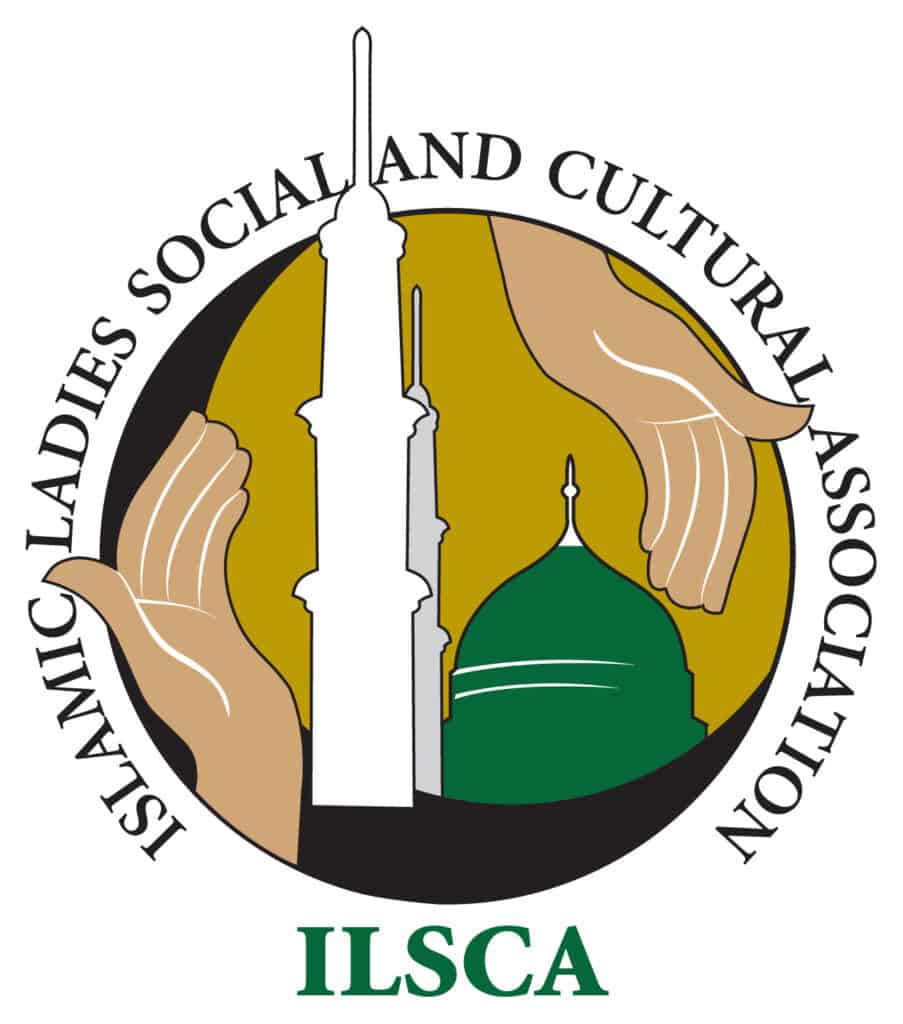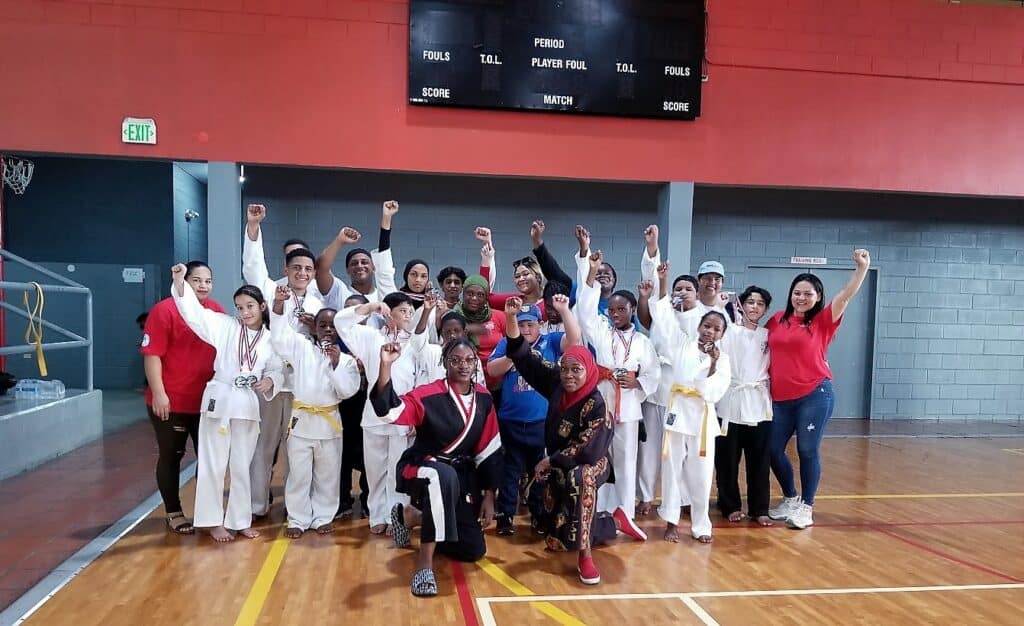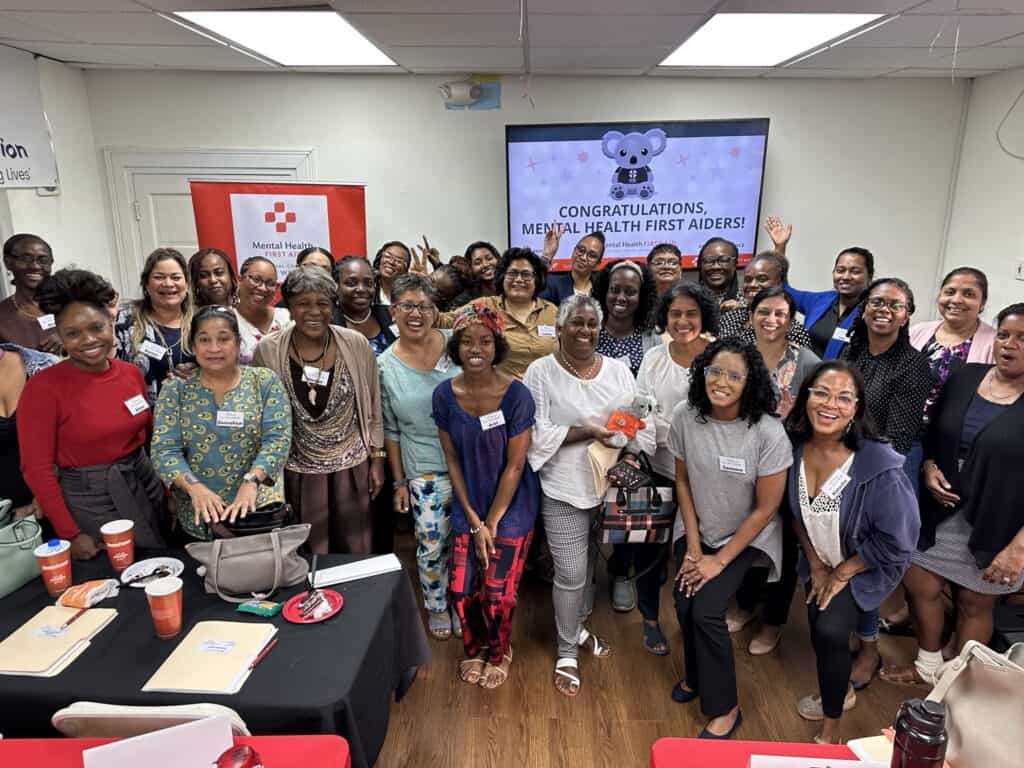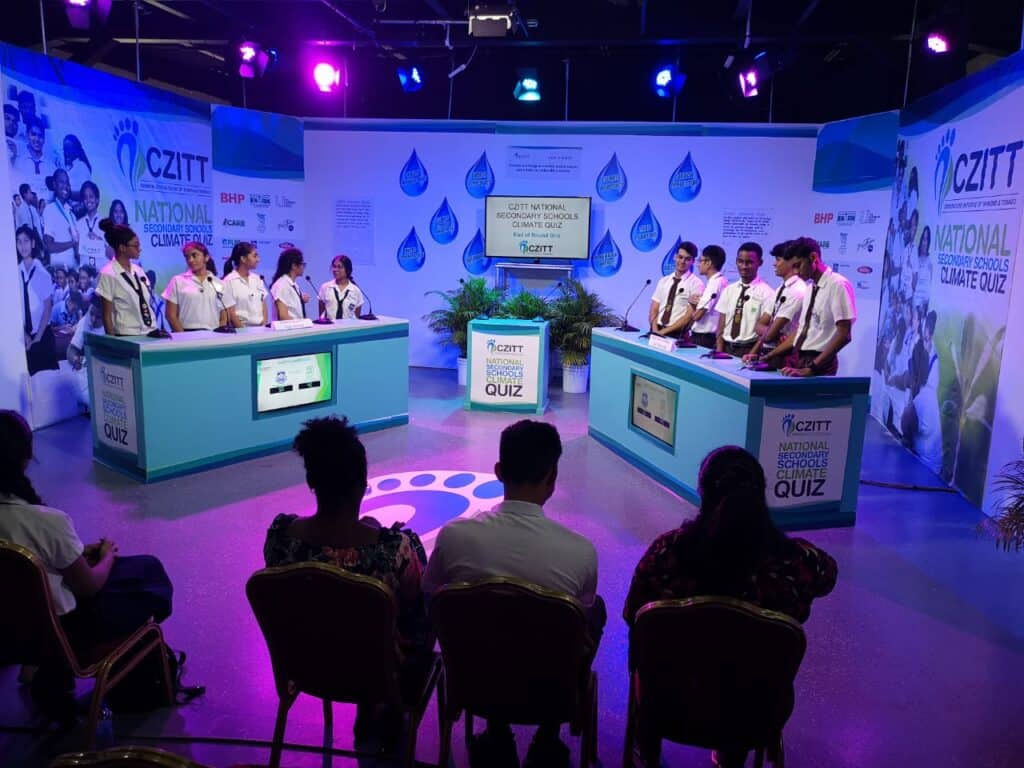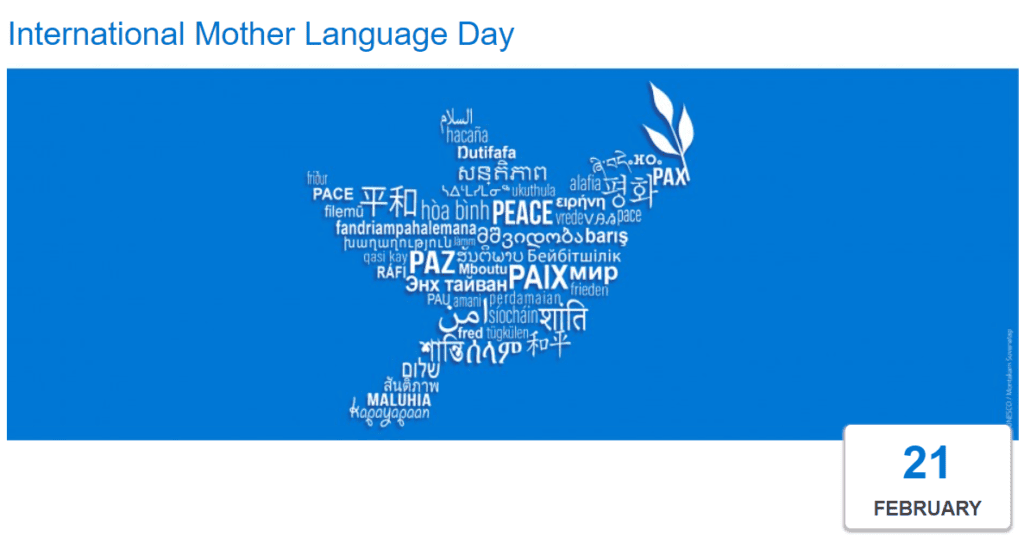
Celebrating International Mother Language Day
On this occasion of International Mother Language Day, 2022, I salute the great Caciques, who fought relentlessly among strangers with other Mother Tongues, and the many others who were destroyed as they defended our homeland Cairi. We stand upon their shoulders and continue the struggle to preserve our culture.
The governments of Europe committed genocide upon the native Caribbean population. A population of three million was reduced to thirty thousand. Survivors remain traumatized, landless and are the most marginalized social group within the region.
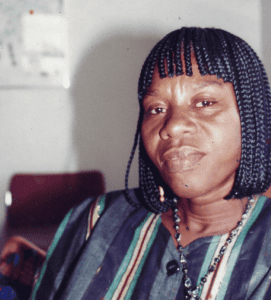
The very first “Trinidadians” included Amerindians of the Kalina, Warao, Kalipuna, Nepuyo, Taino, Aruaca and Carib peoples. Thousands of descendants of these different peoples still exist in Trinidad, but they are scattered throughout the island. One of the great losses to the First Peoples is their languages, a sure way to assimilation into another culture. The Santa Rosa First Peoples Community is in a continuing struggle to recapture culture, and while artefacts, food practices, music and clothing, give hints to identity and culture, it is the language that is most elusive.
There is no conversational lokono language. When visiting groups attend our Festivals, there is a sense of pride that language exists, but the First Peoples of Trinidad and Tobago feel diminished by their loss.
While efforts are made to assist the First Peoples in preserving aspects of their culture, including resources to establish a Traditional First Peoples Village, it is only right that the people interacting there are able to speak at least one “indigenous Mother Language”.
So far the language is visibly retained in names of flora, fauna, and place names.
According to Arie Boomert and Rawwida Baksh-Soodeen in their Paper “Amerindian toponyms of Trinidad: linguistic legacy of past Amerindian occupation”, “the most outstanding linguistic legacy of the First Peoples of Trinidad and Tobago remains the over 200 toponyms or place names. These toponyms are found all over both Trinidad and Tobago. Boomert and Baksh-Soodeen have noted that” while this figure (200) may seem small, it actually represents some 450 place names since a single name may signify as many as five to six different situations such as point, bay, river, town, village, mountain, road, county or forest reserve. Some surviving Amerindian place names in the Arawak/lokono language include:
- Arouca (arau ‘jaguar’)
- Caroni (-water/river)
- Guayaguayare (waya means ‘clay’)
- (A) naparima (‘large water’, or from Nabarima, Warao for ‘Father of the waves’)”
Professor Brinsley echoes these thoughts in his Paper where he speaks of an expanded list of indigenous nations, and of the toponymns. He argues that:
“For the First Peoples of the Caribbean, place-names generally had a sacred meaning. They named their places of settlement after the topography of such places (toponyms) or named after abodes after particular groups which had settled there originally. Our first peoples believed in a circular progression of life in which all elements of existence moved around in constant renewal and re-generation. For this reason, they named plants and animals (flora and fauna) as place names in honour of the sacralized role of those elements in the maintenance of human existence. In deciphering place-names of indigenous ancestors, we have to bear in mind that there is no single Amerindian nation in Trinbago and in this multi-lingual area, words often over-lapped. There were Chaimas, Nepuyo, Yao, Maripari, Shebaio, Lokono and Araucas. Quite often, similar words were used with different meanings. For examples carapa or carapo meant a place of settlement crapaud could also mean a frog or crappo (a tree) and caparo meant monkey”.
Professor Selwyn Cudjoe in his Book Narratives of Amerindians of Trinidad and Tobago- refers to the meaning of place names, and gives us this gem of the Carib word “Ta-ba-go” – which means “First-place-rest”. Indeed, coming from Venezuela or from Trinidad, “Tabago” is the first island that appears to navigators”.
So what price can be paid for loss of language, culture and identity. None, but there are great signs of hope-
The United Nations Declaration on the Rights of Indigenous Peoples gives.an impetus to our advocacy through several Articles – Article 13. 1 states: “Indigenous Peoples have the right to revitalize, use, develop and transmit to future generations their histories, languages, oral traditions, philosophies, writing systems and literatures, and to designate and retain their own names for communities, places and persons”.
The recently announced Decade of Indigenous Languages, and the International Mother Language Day, together with our “CSO GO HUB” provide needed space to bring attention to these important aspects of sustainable livelihood.
Nelcia Robinson is the Administrative Officer for the Santa Rosa First Peoples Community and lifelong advocate for community education and outreach.

